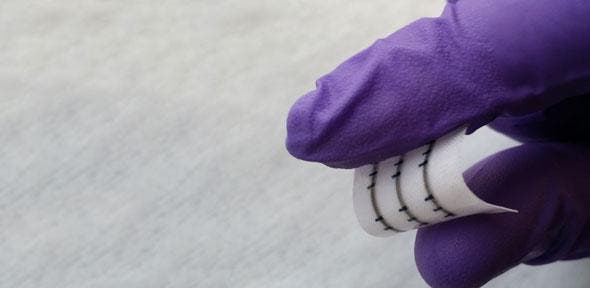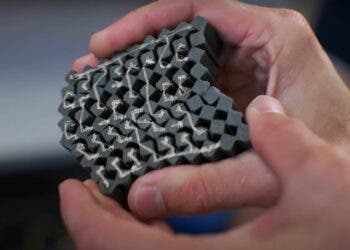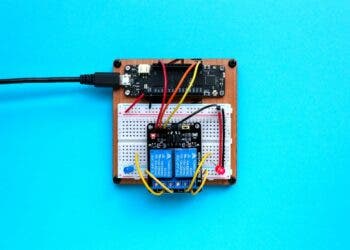Researchers used special graphene inks to print electronics on fabric, opening new avenues of opportunity for smart clothing and wearable electronics. The integrated circuits are flexible, washable, and breathable, making them perfectly adapted for fabric-based applications.

“Digital textile printing has been around for decades to print simple colourants on textiles, but our result demonstrates for the first time that such technology can also be used to print the entire electronic integrated circuits on textiles,” said co-author Professor Roman Sordan of Politecnico di Milano.
“Although we demonstrated very simple integrated circuits, our process is scalable and there are no fundamental obstacles to the technological development of wearable electronic devices both in terms of their complexity and performance.“
The team, which involved researchers from Britan, Italy, and China, employed a graphene ink formulated during earlier work. The ink was directly printed onto polyester fabric, resulting in a fully integrated electronic circuit with both active and passive components. Tests suggest the all-printed electronics on fiber can survive up to 20 cycles in a typical washing machine.
Wearable electronics on the market today rely on rigid electronics mounted on rubber or plastic. For this reason, the clothing or wearable electronics are easily damaged when washing or offer limited compatibility with the skin.
The graphene-based ink is cheap, safe, and environmentally friendly, as opposed to previous attempts that generally involve toxic solvents, which makes them unsuitable for human contact. Moreover, the integrated circuits require low power, making them ideal for wearable electronics applications.
“Turning textile fibres into functional electronic components can open to an entirely new set of applications from healthcare and wellbeing to the Internet of Things,” said Torrisi. “Thanks to nanotechnology, in the future our clothes could incorporate these textile-based electronics, such as displays or sensors and become interactive.”
Scientific reference: Tian Carey et al. ‘Fully inkjet-printed two-dimensional material field-effect heterojunctions for wearable and textile electronics.’ Nature Communications (2017). DOI: 10.1038/s41467-017-01210-2






